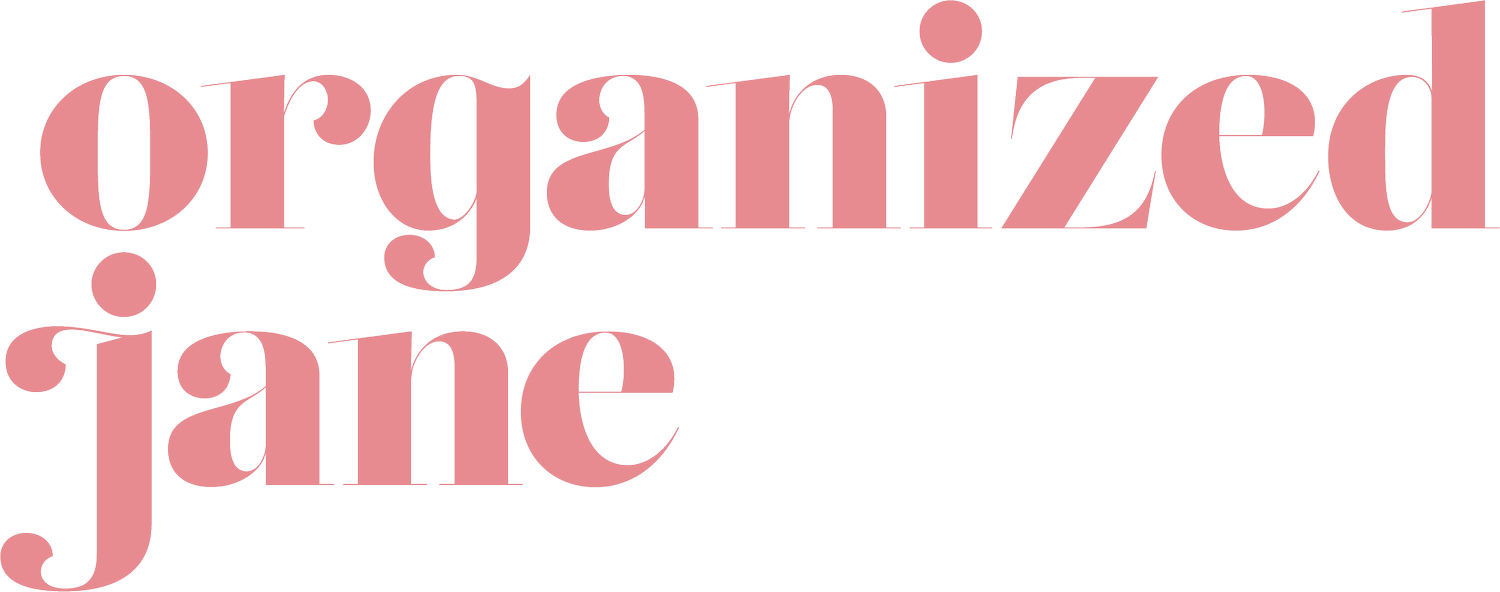How to Organize to Increase Productivity (Do More, Stress Less)
I first began relating organizing to stress after a good friend gave me a very valuable book to read during a stressful time in my life.
For this blog post in video form, please head to my YouTube channel or check the bottom of this post.
Do you do want easy tips to increase productivity and be able to do more with less stress?
I first began relating organizing to stress after a good friend gave me a very valuable book to read during a stressful time in my life. That book was, Why Zebras Don’t Get Ulcers (2004) by Stanford University biologist Robert M. Sapolsky. Although most of the book was quite medical, it provided some self-help strategies for coping with stress, and the brutal consequences if you don’t cope with it properly. The title mentions zebras because they are in constant fight or flight mode—for example, running away from lions. As a result, zebras’ stress is episodic, whereas our stress is sometimes chronic. This is when I really started to relate the importance of being organized to reducing stress.
Let’s start increasing productivity!
The right goals/priorities
Organizing goes beyond making sure your shirts are colour-coded; I believe it also relates to life’s bigger picture. It’s important to have lifetime goals, which you can plan for by incorporating smaller goals into your daily and weekly life. Being organized can help you put thoughts and ideas, both large and small, into action. For example, if you’re constantly worried about your job, to the point where it’s causing you chronic stress, you need to start to organize your thoughts around your short-term and lifetime goals to reduce this chronic stress. Perhaps a short-term goal will be to search out training for a different area so you can change roles. Or perhaps you might formulate a plan to start a new job search, and begin to reach out to new networks. Remember that small stresses can lead to larger ones. If you’re already stressed about your job or relationship, not being able to find your favourite blouse or pair of stilettos when you need them might just be the thing that pushes your stress level over the top.
Planning
For me, planning is essential to any and all tasks, be they personal or professional. I recommend David Allen’s book, Getting Things Done, The Art of Stress-Free Productivity (2011). In his book, Allen outlines what he calls the Natural Planning Model. This model consists of five steps very similar to the ones I stated above. Here’s an example of Allen’s steps applied to closet organization:
1. Defining purpose and principles—Identify why you want to get your closet more organized
2. Outcome visioning—What is your vision of your dream closet, and what can you really do with the space and budget you have?
3. Brainstorming—Decide the tools you need, and sort your clothes to de-clutter
4. Organizing—The best part is putting all the remaining clothes back into your new or updated closet space
Don’t multitask
This is not a new concept but today it is exceptionally difficult with all the distractions that we have. But keeping focused on a task will ensure it is done in likely half the time and with improved quality. For me I use a TIME CUBE and I can’t live without it.
Next week my post will be about how organizing can improve your finances, and still allowing you to buy what you want!
If you liked this post please share it with your friends.


